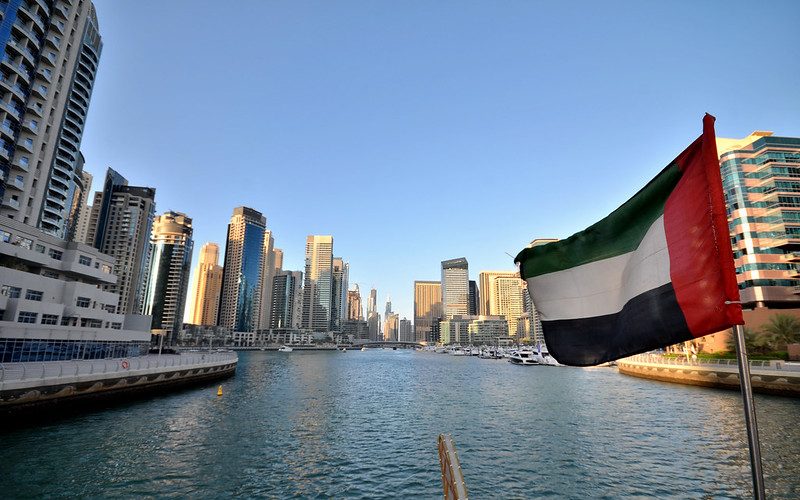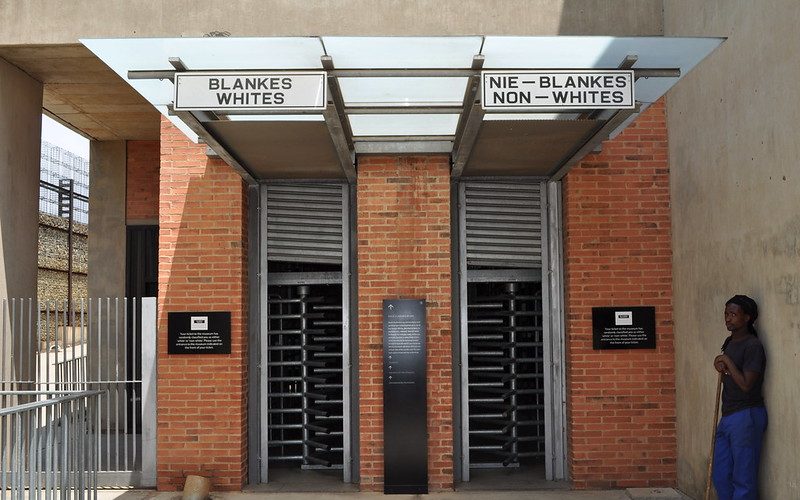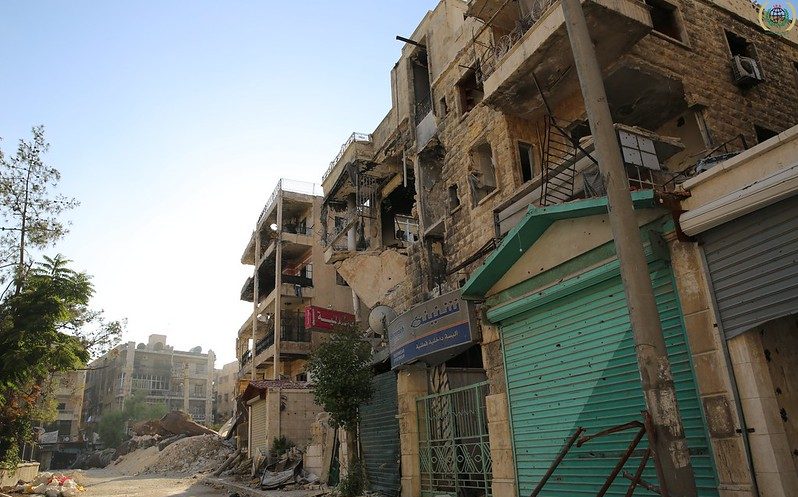
The United Arab Emirates: A quickly changing country
The United Arab Emirates (UAE) has a population of 9 million people, 9/10 of whom are foreigners. Overall, 200 nationalities make up the population of the UAE, with an overwhelming presence of Indian and Pakistani expatriates, followed by Asian, African, European, and American populations. The UAE is hence a multi-ethnic and multi-cultural society, governed by the typical laws and customs of the Muslim religion.





